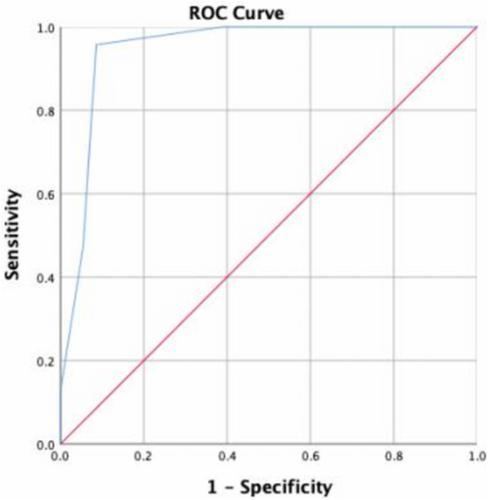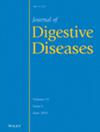The Role of Endoscopic Grading of Gastric Intestinal Metaplasia (EGGIM) in Assessing the Extent and Degree of Gastric Intestinal Metaplasia
Abstract
Objectives
We aimed to evaluate the consistency between endoscopic grading of gastric intestinal metaplasia (EGGIM) and the operative link on gastric intestinal metaplasia assessment (OLGIM) staging, as well as the value of endoscopic grading of gastric intestinal metaplasia (GIM) in early gastric cancer (EGC) risk.
Methods
The sample size was estimated to be at least 210 patients. To evaluate GIM, EGGIM staging was used during magnifying endoscopy with narrow-band imaging, while the OLGIM staging was carried out according to the updated Sydney system. The consistency between the two scoring systems and the accuracy of EGGIM in diagnosing OLGIM III/IV cases were evaluated. EGC risk was evaluated using the Kimura–Takemoto classification, the operative link on gastritis assessment (OLGA)/OLGIM, and EGGIM.
Results
Among the 210 patients, 68 (32.4%) had (previous) EGC and 142 (67.6%) had chronic atrophic gastritis (CAG). EGGIM and OLGIM staging showed good consistency (κ = 0.805, U = 12.620, p < 0.001) in diagnosing OLGIM III/IV GIM, with an area under the receiver operating characteristic curve for EGGIM of 0.95. Using a cut-off value of > 4, the sensitivity and specificity were 95.7% and 91.4%, respectively. The EGGIM score was higher in the EGC group than in the CAG group (4.93 vs. 3.92, p < 0.001).
Conclusions
EGGIM shows good diagnostic performance and consistency with OLGIM, which can simplify endoscopic surveillance by reducing the need for biopsy. The EGGIM score is associated with EGC risk, and endoscopic surveillance is recommended for patients with EGGIM score > 4.


 求助内容:
求助内容: 应助结果提醒方式:
应助结果提醒方式:


